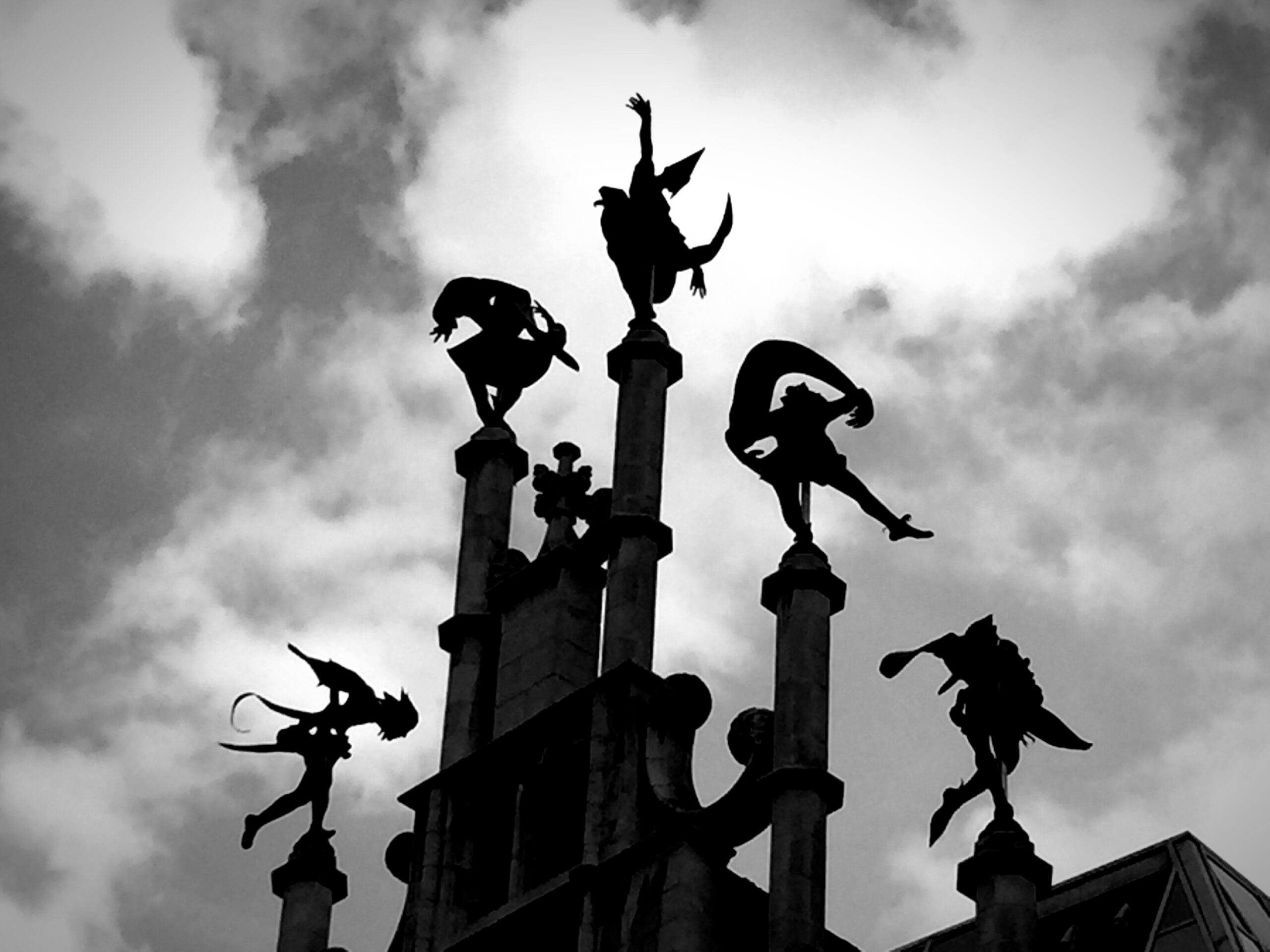
French and Fromm: Resolving the Focal Conflict
Thomas French and Erika Fromm were psychanalytically trained psychotherapists who were serving patients during themed-20th Century in Chicago Illinois. While their training can be traced back to the pioneering work of Sigmund Freud, they offer an important distinction between their own perspectives and practices and those of Dr. Freud (French and Fromm, 1964, p.90).
Freud’s description of the “primary process” seems to the authors to undervalue the thought processes involved in dreaming. “Free and massive displacement of energy along any available associative pathway,” sounds like an automatic and mechanical process, not guided by any directing intelligence. Freud’s next phrase, “without regard for reality or logical relations,” confirms this impression. When we make a careful study of the dream work, either in our own or in Freud’s examples, we discover that the dreamer’s ego’s attempts to solve its practical problem are guided by an alert and often adroit intelligence.
Their divergence from traditional drive-oriented psychoanalysis—with the primitive Id serving a dominant role and the super-ego serving an important assisting role—is aligned with a school of psychoanalytic thought called “ego psychology.” From an ego psychological perspective, a strong role is being played by the reality-oriented and adaptive ego.
Specifically with regard to the role played by dreams, French and Fromm are of the mind that dreamers engage in “rational” processes when producing their dreams. The dream becomes a problem-solving venture rather than just a tool for the indirect expression of Id-based impulses and desires. One is to appreciate the creativity and economy found dreams—provided that they are correctly interpreted. French and Fromm (1964, p. 207) put it this way:
. . . .[E]very dream is struggling, more or less successfully, to solve a problem. The problems with which dreams struggle are always practical problems and usually problems of interpersonal adaptation. Our working assumption is, further, that the dream work can be resolved into a series or hierarchy of substitutions of one problem for another. Most important is our assumption that each of these substitutions was intelligibly motivated. Condensations in the dream work, too, we assume, were intelligibly motivated.
According to French and Fromm (1964, p. 37), the struggles that occur in a dream are waged at multiple levels as the dreamer is seeking to solve a problem. Ultimately, if not easily resolved, this problem derives from a primitive focal conflict in the dreamer’s life. In their identification of these multiple levels, French and Fromm are borrowing from Freud’s initial multi-tiered model of dreams—as well as Freud’s assumption that dreams have multiple meanings. For French and Fromm, the dream seems to be operating at three levels. There is the manifest content at the most obvious and accessible level. As proposed by most psychoanalytically oriented dream interpreters, the manifest content is precipitated by events and issues arising during the previous waking day. French and Fromm’s view of the dream’s functioning is unique once they address the second level of a dream.
At this second level, the dreamer is making use of the manifest content to engage in preliminary problem-solving with regard to the focal conflict in their life. Rather than addressing the focal conflict itself, the dreamer is addressing a problem as well as related sub-focal conflicts that are associated with the focal conflict. The dreamer is providing a “cognitive structure” in the dream which enables this sub-focal engagement to take place. Finally, at level three, the focal conflict is being addressed in a manner that is more direct—though symbolism, substitution and delay are mechanisms being used by the dreamer to manage the powerful emotions associated with their focal conflict.
I will try to unpack and make sense of French and Fromm’s three levels by delving more deeply into their description of each level and by bringing in K’s nightmare to illustrate how their ego psychological approach to dream interpretation might be deployed in the interpretation of this particular dream. I turn first to level one.





